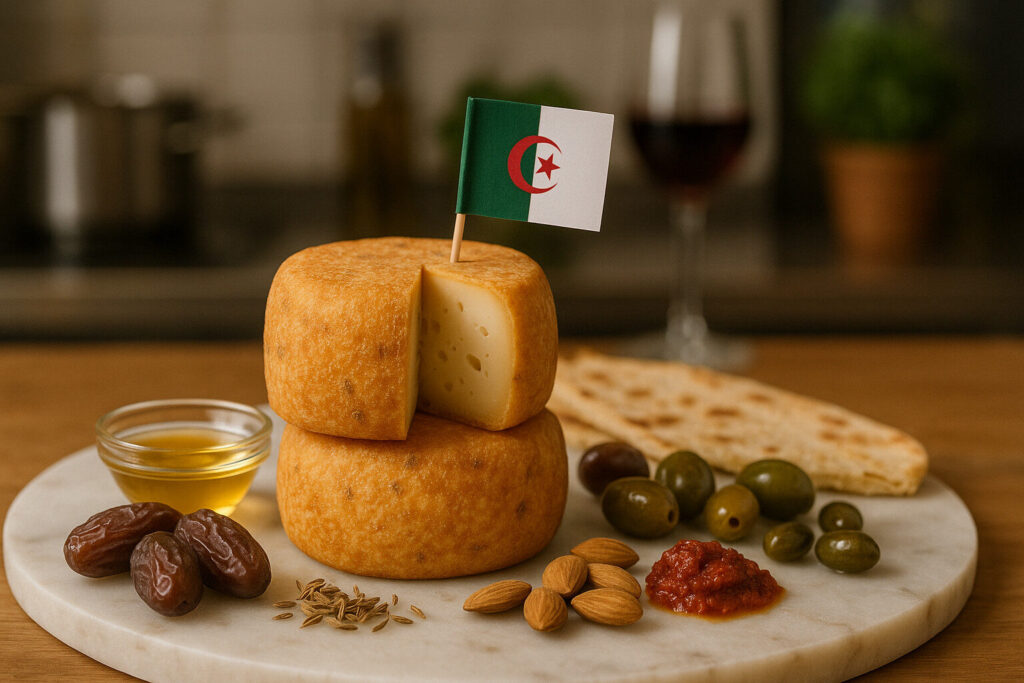Cheese From Lamb Milk
Definition and Scope
Lamb milk cheese is a dairy product made exclusively from the milk of domestic sheep. This category encompasses all cheese styles produced from ovine milk, which contains higher fat and protein than cow’s milk. The resulting cheeses typically feature dense textures and pronounced flavors due to their rich composition.
These cheeses form a distinct branch within cheese taxonomy separate from bovine or caprine varieties. Production occurs primarily in Mediterranean and Middle Eastern regions where sheep dairy traditions run deep. Lamb milk cheeses range from fresh soft varieties to hard aged specimens with complex characteristics.
Production Process
Lamb milk cheese production begins with fresh milk that is gently heated and coagulated using animal rennet. The curds undergo careful cutting and stirring to achieve proper moisture release and texture development. This process requires precision as ovine milk responds differently to coagulation than other milk types.
Aging periods vary significantly depending on the desired final product, from days for fresh cheeses to years for hard varieties. Traditional methods often involve brine salting and natural cave aging to develop characteristic flavors. The high solids content of sheep milk typically yields more cheese per volume compared to cow milk.
Sensory Profile
Lamb milk cheeses present distinctive aromatic qualities ranging from mild and milky to intensely pungent in aged examples. Their flavor profiles typically feature pronounced savory, nutty, and sometimes gamey notes that develop complexity with maturation. The texture tends toward firm and compact with a smooth, sometimes crystalline quality in longer-aged varieties.
These cheeses often exhibit a natural sweetness balanced by salty undertones from brining or dry salting. The fat content creates a rich mouthfeel that coats the palate, while proteins contribute to their characteristic density. Aged specimens may develop peppery or caramelized flavor compounds through proteolysis and lipolysis.
Culinary Applications
Lamb milk cheeses serve both as table cheeses and cooking ingredients across various cuisines. Their robust flavors make them excellent for grating over pasta, risottos, and salads where they provide umami depth. Many varieties maintain structural integrity when heated, making them suitable for baking and grilling applications.
Fresh lamb milk cheeses often accompany fruits and honey in Mediterranean meze platters, while aged versions pair well with full-bodied wines. Their concentrated flavor allows for economical use in recipes where small amounts deliver significant impact. Traditional dishes like Greek saganaki specifically utilize the unique melting properties of these cheeses.
Regional Examples
Pecorino Romano represents Italy’s famous protected designation of origin lamb milk cheese, aged for at least eight months. Greece produces Feta, a brined white cheese that must contain at least 70% sheep milk according to EU regulations. Both demonstrate how terroir and traditional methods create distinctive regional characteristics.
Spain contributes Manchego, made exclusively from Manchega sheep milk in the La Mancha region, with aging classifications from fresco to añejo. France produces Roquefort, the blue-veined sheep milk cheese aged in natural Combalou caves. These protected names illustrate how geographical indications preserve authentic production methods and quality standards.

